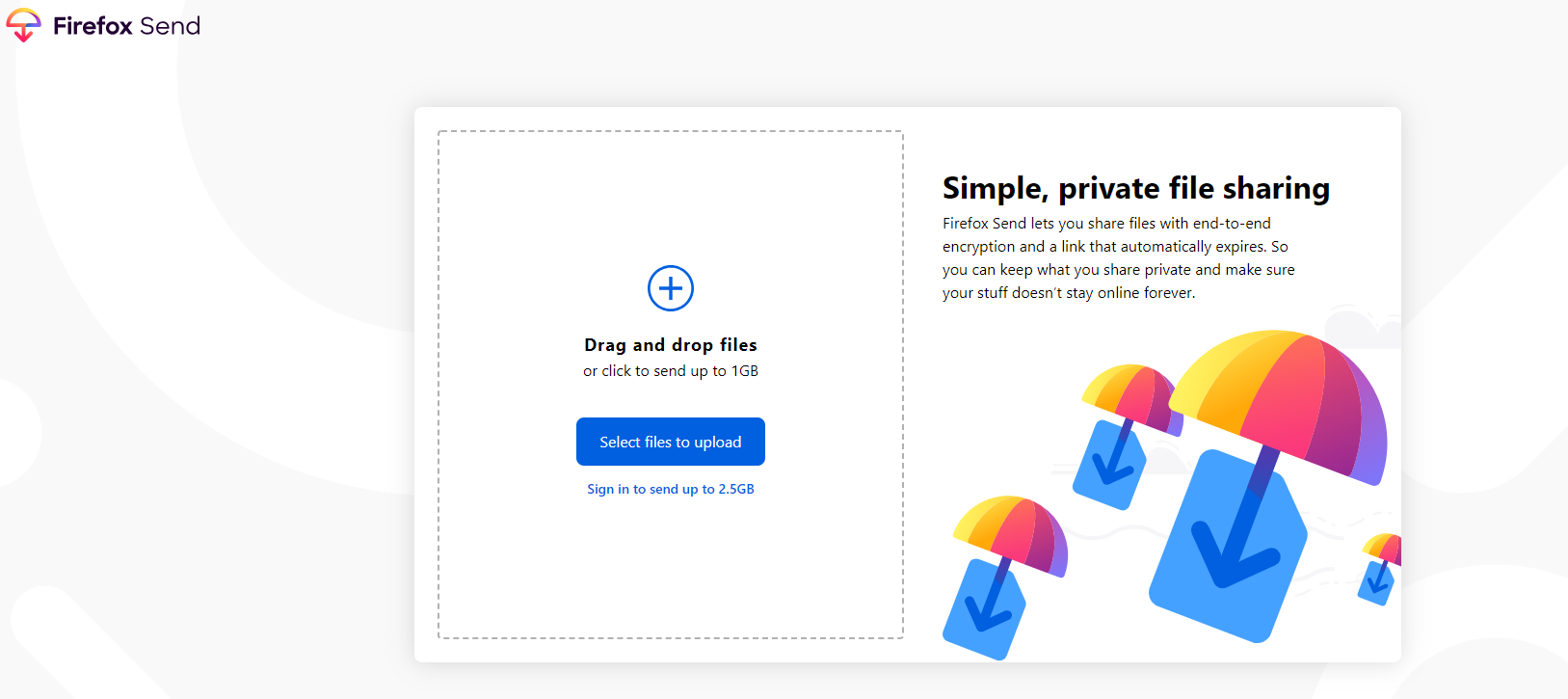I am lucky enough to have the chance to test a tone of devices every year. Chromebook testing is an interesting endeavour because the higher end units usually are fantastic to use, while the cheaper products are slow and clunky. Chromebooks that live in the middle ($500-600) typically inherit the bad characteristics from both categories.
The mid-priced ($600) Asus C434 doesn't fall into this typical model.
Build quality
Most (non-premium) Chromebooks feel cheap and flimsy. They creek and crack when you grab them from an edge.
The Asus C434 is an all-aluminum design that looks and feel premium. The design includes chamfered edges that give it a more premium feel. Even the hinges are chrome covered, which adds to the premium look and feel.
When used in laptop mode, the hinges slightly raise the screen end of the keyboard which makes typing slightly more pleasurable.
It feels like Asus has crammed a 14-inch device in the body of a 13-inch device without sacrificing usability.
If you haven’t figured it out yet, the design of the Asus C434 is wonderfully tough-out and makes using the device a joy.
The screen
My everyday personal use device is a Pixelbook. I love my Pixelbook, but it's enormous bezels make it feel dated. Although the Asus C434 isn't breaking any new bezel records, its design is noticeably modern (87% screen to body ratio). It has a very good 14-inch Full-HD screen (1920x1080) IPS panel that has good viewing angles, good colour reproduction and respectable (300 nits) brightness.
The Asus C434 screen isn't class leading like the Pixelbook or Samsung Pro but isn't a slouch either. Most users will find the screen amazing and a pleasure to use.
The keyboard
Keyboards can make or break a device. Look at the thousands of vocal Macbook fans on Reddit that have jumped ship to Windows because they can no longer deal with the horrible butterfly keyboards included in most new MacBooks.
So a lousy keyboard can kill even the best most thoughtfully designed laptop. Luckily the Asus C434 does reasonably well in the keyboard category. For users coming from an HP x360 or a Pixelbook, the keyboard doesn't feel as good, but for most users, this thing will be a joy.
Asus chose a non-glass trackpad which makes using it a bit more of a chore. The included trackpad is acceptable, but the device does suffer a bit from a less usable trackpad. Remember that I am comparing the Asus to the premium end of the market. If you compare this to a $500 windows laptop or other similarly priced Chromebooks, you will not be disappointed by the trackpad’s performance.
The ports
I regularly curse at my Pixelbook for not including at least one USBA port. Sure I love all things USBC, but I still have a tone of useful accessories that are USBA, and I seem to forget my dongles when I need them most.
This is where the Asus C434 beats my Pixelbook; it has a tone of ports. The Asus C434 has USBC ports on either side but also a USBA port, a headphone/microphone port and a microSD card slot.
The Asus C434 has the ports you need to get your job done without worrying about dongles or adapters.
The Internals
Most reviewers based their tests on the Core m3 (m3-8100Y) device with 4GB of RAM. While 4GB is good enough for the casual web user, it isn't enough to load a tone of Android apps and to comfortably run Linux apps.
The Asus C434 comes in the m3, i5 and i7 varieties and power users will probably opt for the mid-tier i5 processor with 8GB of RAM and 128GB of internal storage.
As I write this review, most sites still don't offer the 8GB/128GB version of the unit (Amazon, B&H, etc.) but it is coming. Unless you need a device right away (then get the 4GB/64GB), I would wait a couple of weeks to pick up the more powerful model.








